Wood filler is a handy substance that can be a lifesaver when it comes to fixing holes and imperfections in wood. But have you ever wondered if you can take your DIY skills to the next level and actually drill into wood filler? It may seem like an unusual concept, but believe it or not, there’s a whole world of possibilities waiting to be explored. So grab your drill and prepare to dive into the fascinating world of wood filler and its drilling capabilities. This article will uncover the truth behind whether you can truly drill into wood filler and what you need to know before you give it a try.
What are wood fillers?
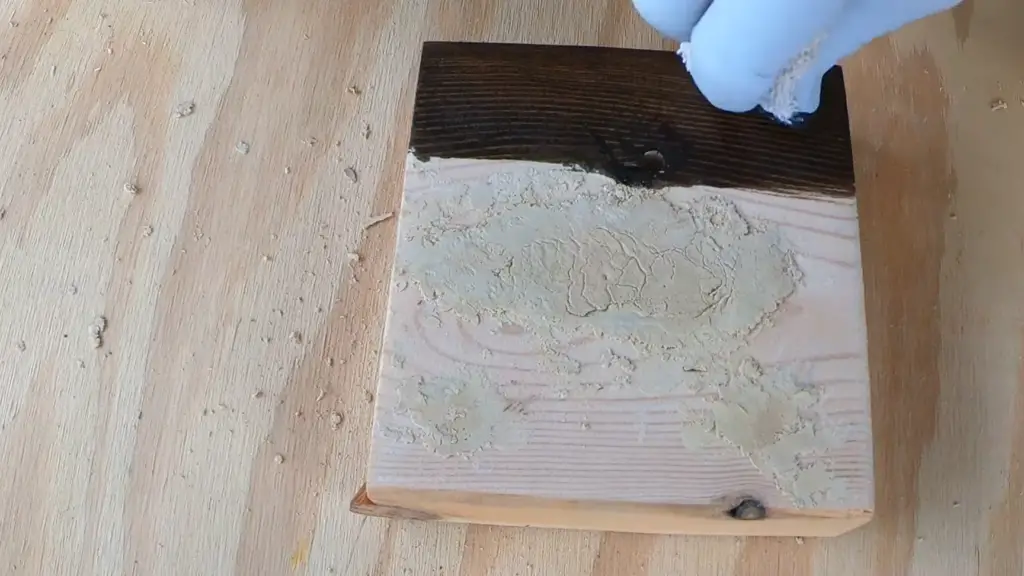
Properties of wood fillers
- Dries hard: Wood filler dries hard and becomes solid when cured, making it durable and capable of withstanding pressure.
- Sandable: Once dried, wood fillers can be sanded down to provide a smooth surface that matches the surrounding wood.
- Paintable/stainable: Most wood fillers are compatible with both paint and stain, allowing for a seamless finish on wooden surfaces.
- Water resistance: Some wood fillers have water-resistant properties, making them suitable for use in outdoor projects.
- Expansion/contraction: Wood fillers can expand and contract with the wood as it naturally moves due to changes in temperature and humidity.
Common uses for wood fillers
- Furniture repair: Wood fillers can be used to fix cracks, dents, and scratches on wooden furniture.
- Flooring: Gaps between floorboards can be filled with wood fillers to provide a smooth and even surface.
- Woodworking projects: Wood fillers are commonly used in woodworking projects to fill in imperfections or gaps before finishing.
- Exterior repairs: Water-resistant wood fillers are ideal for exterior repair jobs, such as filling in gaps on wooden decks or siding.
- Art and crafts: Wood fillers can also be used in art and craft projects to create textured or three-dimensional effects on wooden surfaces [1].
Types of Wood Fillers
Water-based Wood Fillers
Water-based wood fillers are popular for fixing imperfections in wood surfaces. They use water as the primary solvent, making them environmentally friendly and less toxic. These fillers have a creamy consistency, dry quickly (within 15-30 minutes), and can be sanded and painted over in no time. While they may shrink when drying, they remain a popular choice due to their ease of use and low toxicity.
Oil-based Wood Fillers
Oil-based wood fillers, also called solvent-based or petroleum-based fillers, use chemical solvents like turpentine or mineral spirits. These fillers are more durable and less likely to shrink compared to water-based fillers. Oil-based wood fillers have a thicker consistency and longer drying time, typically 2-6 hours. This allows for more workability and better adhesion to the wood surface. However, the use of chemical solvents in these fillers may make them more toxic and harmful to the environment.
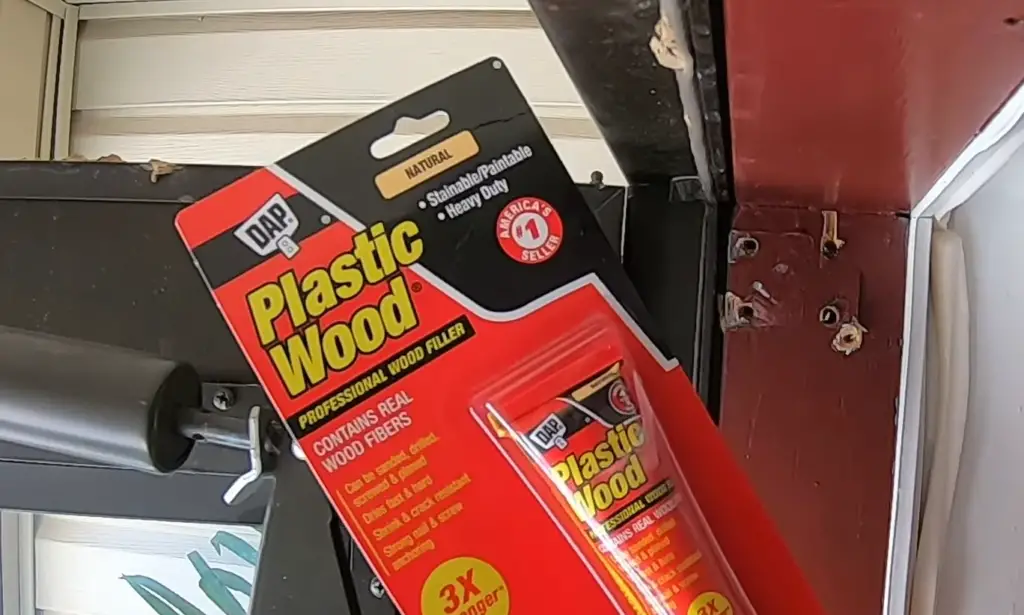
Petroleum-based Wood Fillers
Petroleum-based wood fillers, also called latex or plastic wood fillers, combine wood fibers with synthetic materials like acrylics or vinyl. These fillers, similar to putty, can be molded to suit various repairs. While not as strong or durable as other fillers, they are cost-effective and suitable for small repairs or pre-painting wood grain. They dry quickly, usually within 30 minutes to an hour.
Homemade Wood Fillers
In addition to the commercially available wood fillers, there are also many DIY options using common household materials. These include mixing sawdust with wood glue or white glue, using baking soda and white glue, or even creating a paste from cornstarch and vinegar.
While these homemade fillers may not be as strong or durable as commercially available options, they can be useful for minor repairs or in a pinch. They are also typically non-toxic and budget-friendly [2].
Is Wood Filler Durable?
Wood filler is a highly versatile material that is used in various applications such as filling gaps, cracks, and holes in wood surfaces. It is commonly made from a combination of wood dust or fibers and a binding agent such as epoxy resin or polyurethane. While it is widely used for its aesthetic benefits and cost-effectiveness, many people wonder about its durability.
The answer to the question “Is wood filler durable?” depends on various factors such as the type of wood filler used, the application method, and maintenance practices. In general, wood fillers can provide long-lasting results if applied correctly and maintained properly.
One key factor that affects the durability of wood filler is its composition. Some types of wood filler, such as water-based ones, are not as durable as others. They can shrink or crack over time due to changes in humidity and temperature, which can compromise the stability of the filled area. On the other hand, oil-based wood fillers are more resistant to environmental factors and tend to be more durable.
The application method also plays a crucial role in determining the durability of wood filler. Proper surface preparation and application techniques, such as filling the gap in layers and allowing each layer to dry completely before applying the next one, can ensure a strong and durable bond. Using too much filler at once or not sanding the filled area properly can result in weak adhesion and reduced durability.
Another factor that affects wood filler’s durability is maintenance. Like any other material, wood filler needs proper care to maintain its strength and longevity. This includes regular cleaning, avoiding harsh chemicals or abrasives, and protecting the filled area from excessive moisture. Additionally, if the filled area is exposed to heavy use or weight, it may need to be periodically refilled or reinforced for optimal durability.
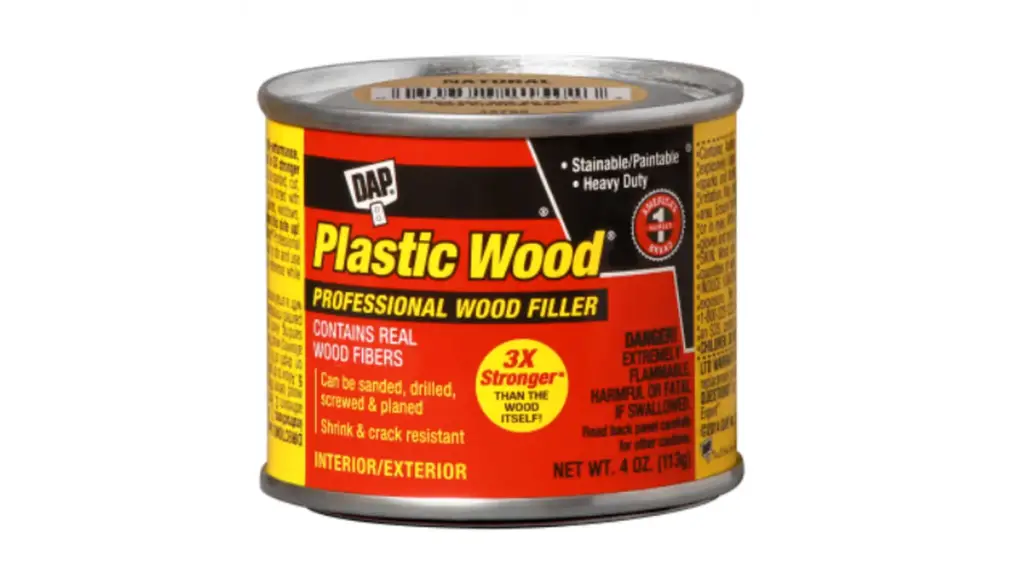
Another Type of Wood Filler – Epoxy Wood Filler
While traditional wood fillers are effective in many cases, they may not always be the best option for certain applications. This is where epoxy wood filler comes in. Epoxy wood filler is made from a combination of epoxy resin and wood fibers or dust, making it stronger and more durable than traditional fillers.
One of the main advantages of using epoxy wood filler is its high level of durability. It can withstand heavy use and weight, making it ideal for filling large holes or cracks in wood furniture or structures. Its strong bond also makes it suitable for outdoor applications, as it can resist water, weather, and UV rays.
Moreover, epoxy wood filler has a longer drying time compared to other fillers, allowing for more precision during application. It can also be sanded and painted over, providing a seamless finish that is both durable and aesthetically pleasing.
One More Type of Wood Filler To Mention – Wood Putty
In addition to traditional and epoxy wood fillers, another type that is commonly used is wood putty. Unlike wood filler, wood putty is not made from actual wood fibers or dust but rather a mix of clay and linseed oil. This gives it a dough-like consistency that can be molded and shaped as needed.
Wood putty is primarily used for filling small imperfections and nail holes in wood surfaces. While it is not as strong or durable as traditional wood filler, it still provides a decent level of stability and can be sanded and painted over.
Hardeners For Wood Fillers
Wood is one of the most popular materials used in both residential and commercial construction. It is a versatile material that can be used for structural purposes, as well as for aesthetic features such as flooring, cabinetry, and furniture. However, wood is also susceptible to damage from moisture, insects, and general wear and tear.
To combat these threats to wood’s longevity, many builders and homeowners turn to wood fillers. These are materials that can be applied to damaged areas of wood to restore its structural integrity and appearance.
But not all wood fillers are created equal, and some may require extra protection to fully protect the underlying wood. That’s where hardeners come in – these are substances that can be added to wood fillers or applied separately to provide an extra layer of protection and durability.
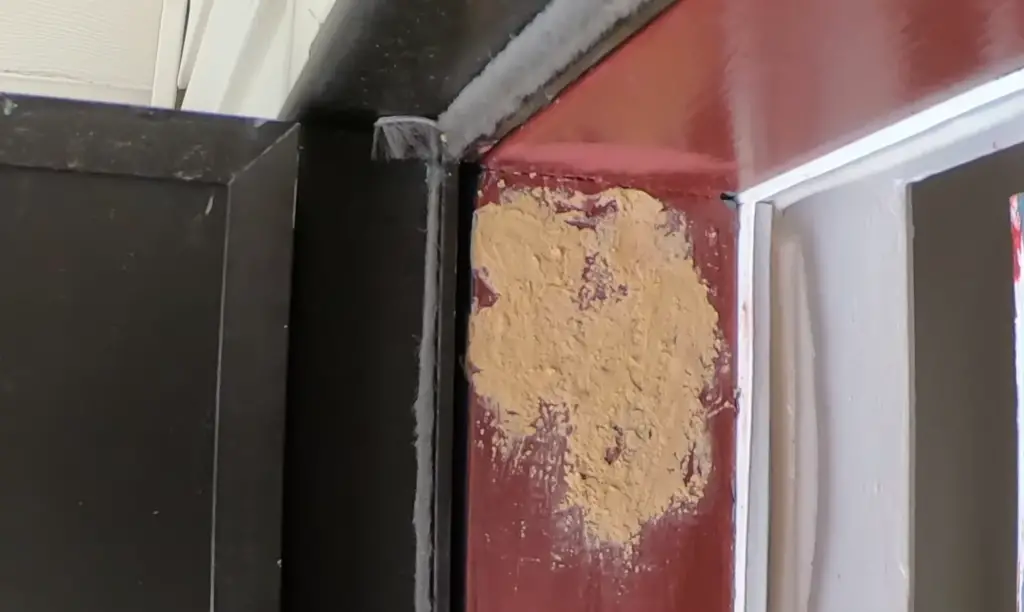
One common type of hardener is epoxy resin, which is a durable and waterproof material that can be mixed in with wood filler to enhance its strength and resistance to moisture. Other types of hardeners include polyurethane, which provides added flexibility and UV resistance.
Some wood fillers already come with built-in hardeners, making them a convenient option for those looking for an all-in-one solution. These types of fillers are often marketed as “structural” or “rot-resistant,” indicating their ability to withstand harsh conditions and protect the wood from further damage.
However, it is important to note that even with added hardeners, wood fillers may not be suitable for certain applications. For example, if the wood is constantly exposed to water or outdoor elements, it may require a more specialized sealant or coating in addition to the filler.
Using Screws With Wood Fillers
When working with wood, it is common to encounter uneven surfaces or gaps that need to be filled in. This is where wood fillers come into play as they allow you to create a smooth and even surface for painting or staining.
However, when using screws with wood fillers, there are some important considerations to keep in mind. In this guide, we will discuss the proper techniques for using screws with wood fillers to ensure a strong and long-lasting bond.
Preparing the Wood
Before applying any wood filler, it is important to properly prepare the surface of the wood. This involves sanding down any rough or uneven areas, removing any debris or dust, and priming the surface if necessary.
It is also important to ensure that the wood is dry and free of moisture. Any moisture in the wood can cause the filler to not adhere properly, leading to weak spots in your project.
Choosing the Right Filler
There are various types of wood fillers available on the market, each with their own unique properties. When choosing a filler for use with screws, it is important to select one that is strong and flexible.
These types of fillers will not only bond well with the wood but also allow for a slight amount of movement without cracking or breaking. This is important as screws can create tension in the wood, causing some shifting over time.
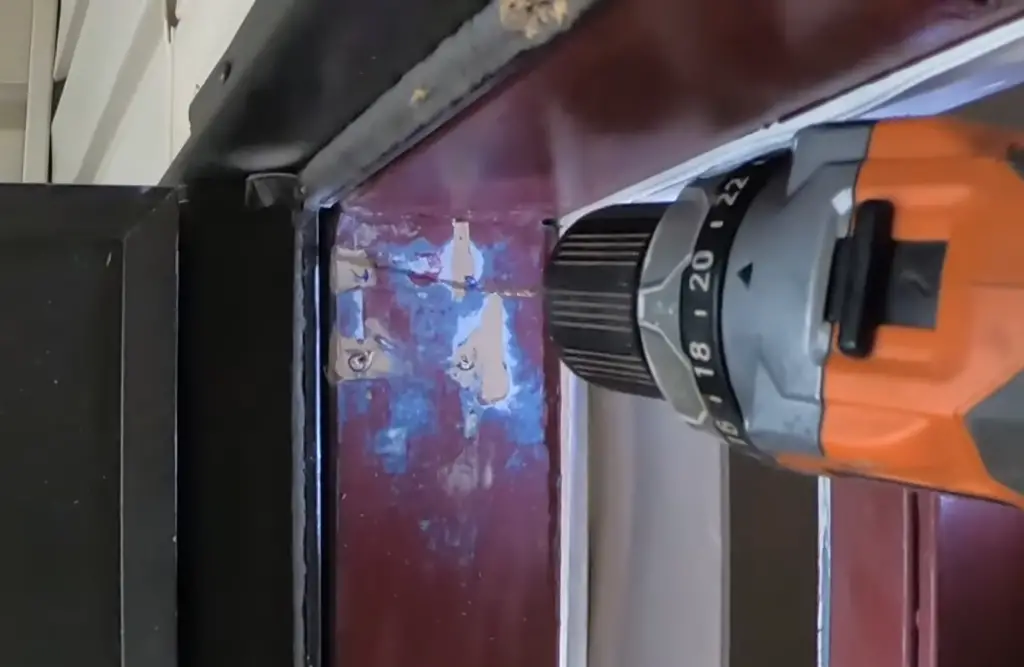
Applying the Filler
Once you have prepared the wood and selected your filler, it’s time to apply it to the surface. Using a putty knife or similar tool, spread the filler evenly over the desired area, making sure to fill in any gaps or holes.
It is important to work quickly with wood fillers as they can dry out and become difficult to manipulate. If necessary, you can add a small amount of water to the filler to keep it pliable.
Inserting Screws
After the filler has been applied, it’s time to insert your screws. It is important to allow the filler to fully dry before inserting screws as any movement or pressure can cause cracks or weak spots in the bond.
When inserting screws into wood with fillers, it is best to use a drill rather than hand screwing. This will ensure that the screw is inserted evenly and at the correct depth without putting excess pressure on the filler.
Final Touches
Once the screws have been inserted, you may need to add an additional layer of filler over the screw heads. This will create a seamless surface and ensure that the screws are firmly secured in place.
After allowing everything to fully dry, sand down any rough areas or excess filler for a smooth finish. You can then paint or stain the wood as desired, creating a strong and durable finished product [3].
Can You Drill Into Wood Filler?
When working on a home improvement project, wood filler is an essential tool to have on hand. It can be used to repair cracks, holes or any other imperfection in wood surfaces. However, some people may wonder if they can use a drill when working with wood filler.
The answer is yes; you can use a drill when dealing with wood filler. Using a drill can make the process of applying wood filler even easier and more efficient. Here are some tips on how to use a drill with wood filler:
- Use a Drill Bit Suitable for Wood Filler
When using a drill with wood filler, it is important to choose the right type of drill bit. A brad point or twist drill bit will work well for most wood filler materials. These types of bits are designed to create precise, clean holes in wood without causing any splintering or damage.
- Prepare the Wood Surface
Before drilling into the wood surface, make sure to prepare it properly. This includes sanding down the area where you will be applying the wood filler to ensure a smooth and even surface.
- Use a Low-Speed Setting
When using a drill for wood filler, it is best to use a low-speed setting. This will prevent the drill from creating too much heat or causing any damage to the wood surface. A slow and steady approach will give you better control over the drilling process.
- Keep the Drill Bit Clean
As you are drilling into the wood, make sure to clean the drill bit periodically. This will prevent any buildup of wood filler, which can affect the accuracy and precision of your drilling.
- Be Mindful of Depth
When using a drill with wood filler, it is important to be mindful of how deep you are drilling. It is recommended to only drill as deep as necessary for the wood filler material to adhere properly. Drilling too deep may weaken the integrity of the wood surface.
- Fill the Holes with Wood Filler
Once you have drilled the necessary holes, it’s time to fill them with wood filler. Use a putty knife to carefully push the filler into each hole until it is level with the surface of the wood.
- Sand and Finish
After allowing the wood filler to dry completely, sand down the surface to ensure a smooth and seamless finish. You can then add any necessary finishes, such as paint or stain, to match the rest of your project.
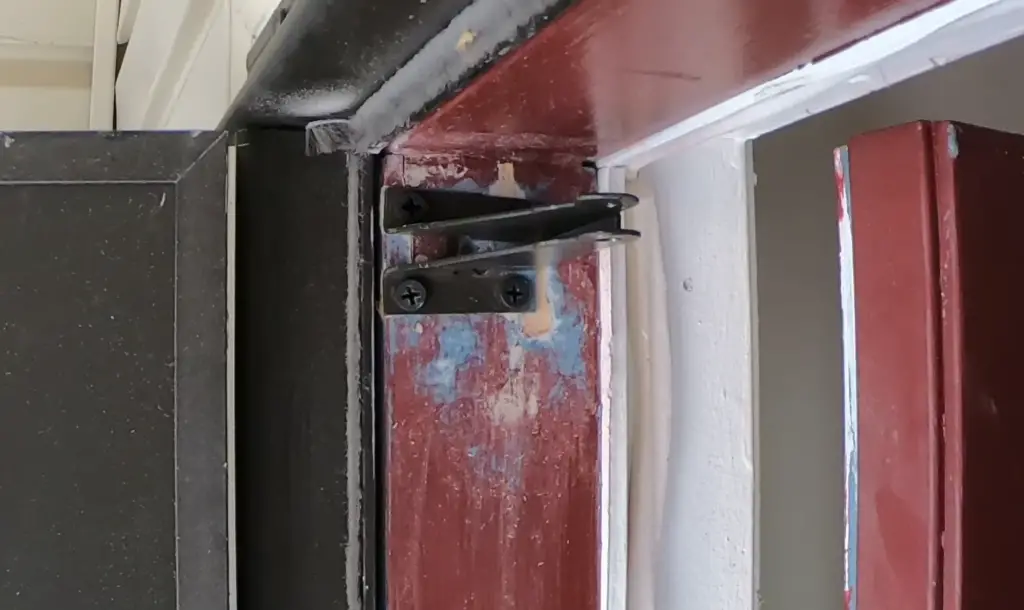
Issues With Screwing Into Wood Filler
Wood filler is a common material used in carpentry and woodworking projects. It is often used to fill in gaps, cracks, and holes in wood surfaces before sanding and painting. However, some issues can arise when trying to screw into wood filler. In this section, we will discuss some of the common issues and how to prevent them.
Problems with screwing into wood filler
- Cracking or breaking – One of the main issues with screwing into wood filler is that it can crack or break easily. This is because most wood fillers are not as strong as the surrounding wood, and when pressure is applied by the screw, it can cause the filler to crack or break apart.
- Poor grip – Another issue is that wood filler does not provide a strong grip for screws. This can make it difficult for the screw to stay in place and may result in loose or wobbly attachments.
- Uneven surface – When filling in gaps or holes with wood filler, it is challenging to achieve a completely smooth and even surface. This can make it difficult for the screw to sit flush against the wood, causing it to wobble or protrude.
- Lack of structural support – Wood filler is not meant to provide structural support. It is only intended to fill in small imperfections in wood surfaces. Therefore, using screws in areas filled with wood filler may not provide enough support and can compromise the stability of the overall project.
FAQ
Which wood filler can be drilled?
Several types of wood fillers can be drilled, but not all of them are suitable for every project. Here are some common options:
- Water-based wood filler: This type of filler is usually made from sawdust or wood fibers mixed with a binder and water. It dries quickly and is easy to sand, making it a popular choice for small repairs and finishing touches.
- Oil-based wood filler: This type of filler is made from a combination of sawdust, linseed oil, and sometimes other additives like wax or clay. It takes longer to dry compared to water-based fillers but tends to be more durable and resistant to shrinking or cracking.
- Epoxy wood filler: Epoxy fillers are made from a resin and a hardener that need to be mixed together before use. They are known for their strength and ability to bond with wood, making them suitable for larger repairs and structural work.
- Vinyl wood filler: Vinyl fillers are typically made from vinyl acetate or acrylic polymers mixed with wood fibers. They dry quickly and can be sanded and painted over, but may not hold up as well over time compared to other types of fillers.
What is the difference between wood putty and wood filler?
Wood putty and wood filler are both used to fill in gaps, holes, and cracks in wood surfaces. While they may seem similar, there are some key differences between the two. First, wood putty is generally used for smaller repairs and finishing work, while wood filler is better suited for larger or more structural repairs. Additionally, wood putty tends to dry harder and can be sanded down to a smooth finish, while wood filler may remain slightly pliable after drying and can be molded or shaped as needed.
Useful Video: How to Fix Stripped Screw Holes
Conclusion Paragraph
Drilling into wood filler is a straightforward process that requires just a few tools and some basic knowledge. By following the steps outlined in this guide, you can successfully drill into wood filler without any issues. One thing to keep in mind while drilling into wood filler is to use the appropriate drill bit for the job. Depending on the type of wood filler used, you may need a specific type of drill bit to ensure a clean and precise hole.
References
- https://www.thisoldhouse.com/woodworking/23189969/wood-putty-vs-wood-filler
- https://www.thehandymansdaughter.com/types-of-wood-filler/
- https://woodworkly.com/can-you-screw-into-wood-filler/






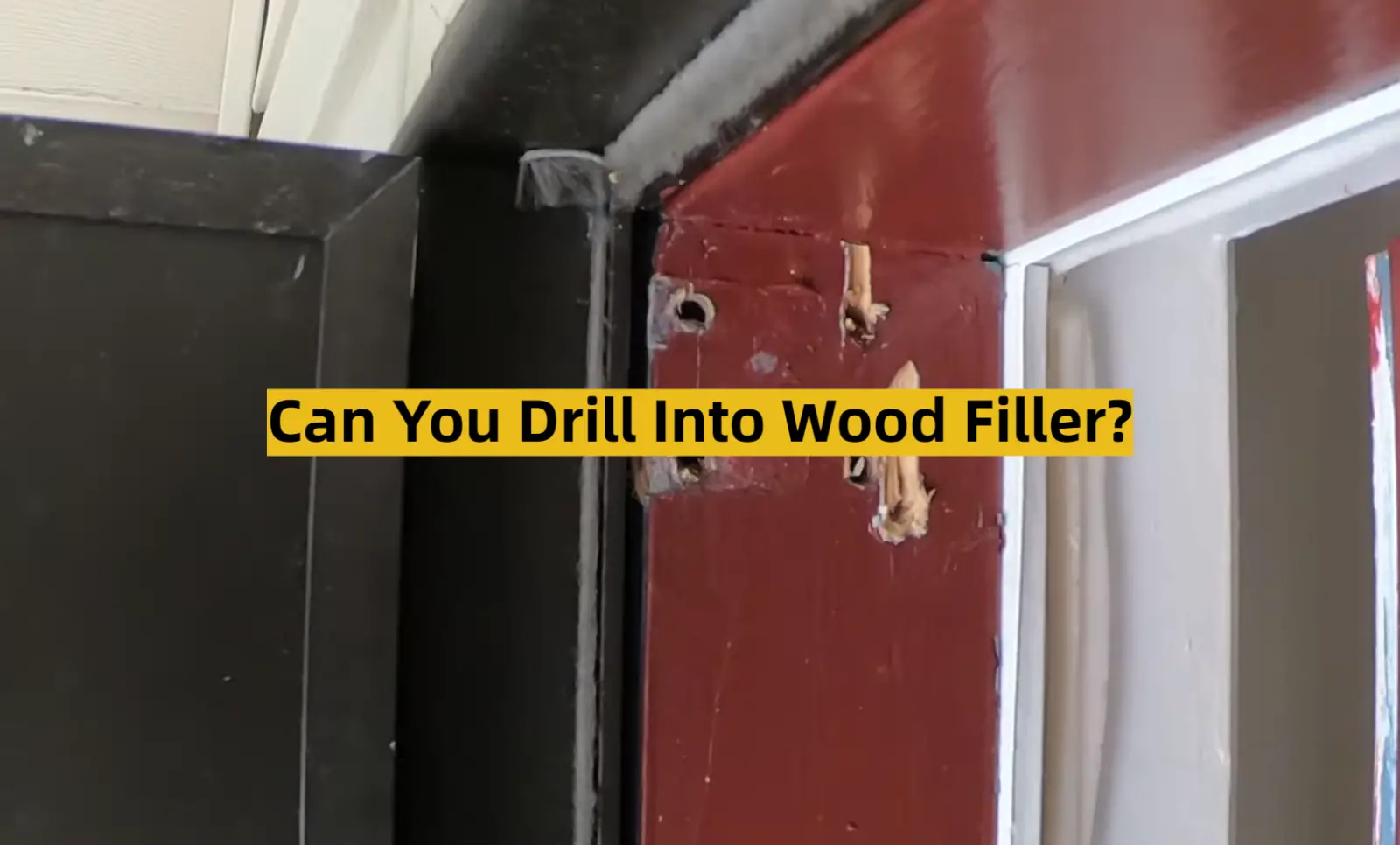






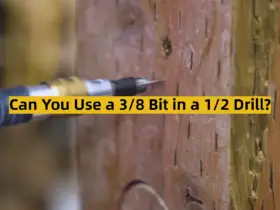
Leave a Reply